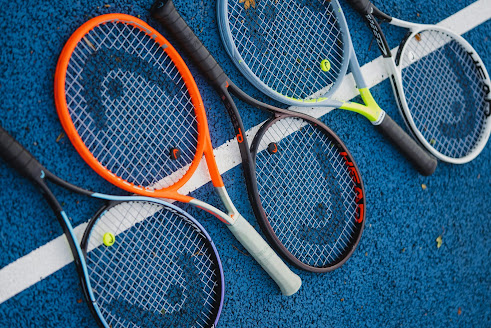types of tennis shoes
Tennis shoes, also known as tennis sneakers or tennis footwear, come in various types and styles, each designed to cater to different playing surfaces, playing styles, and player preferences. Here are some common types of tennis shoes:
Clay Court Tennis Shoes: These shoes are specifically designed for clay courts. They typically have a herringbone or modified herringbone tread pattern on the outsole to provide excellent traction on clay surfaces. They also often feature a non-marking outsole to prevent damage to the court.
Hard Court Tennis Shoes: Hard court tennis shoes are designed for use on hard, abrasive surfaces like concrete and asphalt. They have a durable outsole with a more robust and durable tread pattern to withstand the harsh conditions of hard courts.
Grass Court Tennis Shoes: Grass court tennis shoes are designed for use on natural grass courts. They usually feature smaller and more closely spaced nubs or cleats on the outsole to provide traction on grass while preventing damage to the court.
All-Court Tennis Shoes: These shoes are versatile and can be used on a variety of court surfaces, including hard courts, clay courts, and grass courts. They offer a balanced combination of durability, traction, and support for different playing conditions.
Lightweight Tennis Shoes: Lightweight tennis shoes prioritize speed and agility. They are designed to reduce the overall weight of the shoe, making it easier for players to move quickly on the court.
Stability Tennis Shoes: Stability tennis shoes are engineered to provide extra support and stability to players who may have a history of ankle or foot issues. They often have features like reinforced sides and arch support.
Cushioned Tennis Shoes: These shoes prioritize comfort and cushioning, making them suitable for players who want additional shock absorption during intense matches. They are often preferred by players who spend a lot of time on the court.
High-Top Tennis Shoes: High-top tennis shoes extend above the ankle, offering extra ankle support and stability. They are popular among players who want to minimize the risk of ankle injuries.
Low-Top Tennis Shoes: Low-top tennis shoes have a lower cut around the ankle, allowing for greater freedom of movement. They are favored by players who prioritize agility and quick changes of direction.
Custom Tennis Shoes: Some professional players have custom tennis shoes made to their exact specifications. These shoes are tailored to the player's foot shape, playing style, and preferences.
Junior Tennis Shoes: Junior tennis shoes are designed for younger players, offering smaller sizes and sometimes added features for young athletes' comfort and safety.
Cross-Training Tennis Shoes: These shoes are versatile and can be used for various sports and fitness activities, including tennis. They are designed to provide support and cushioning for different types of movements.
When choosing tennis shoes, it's essential to consider factors such as your playing surface, foot type (e.g., pronation or supination), playing style, and personal comfort preferences. Properly fitted and appropriate tennis shoes can help improve your performance and reduce the risk of injuries on the court.
also see:



Comments
Post a Comment